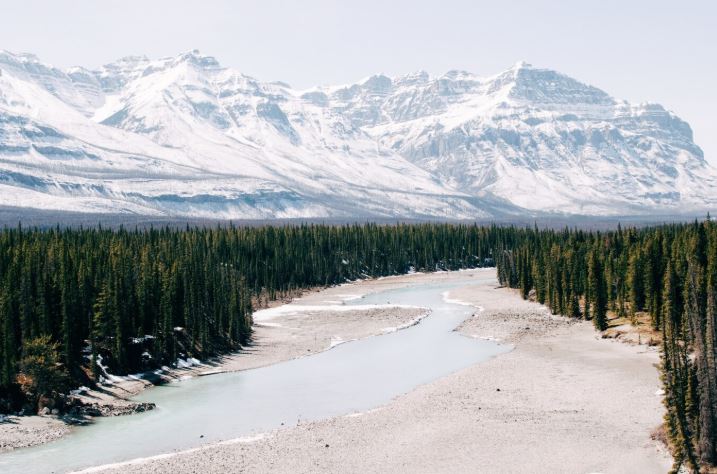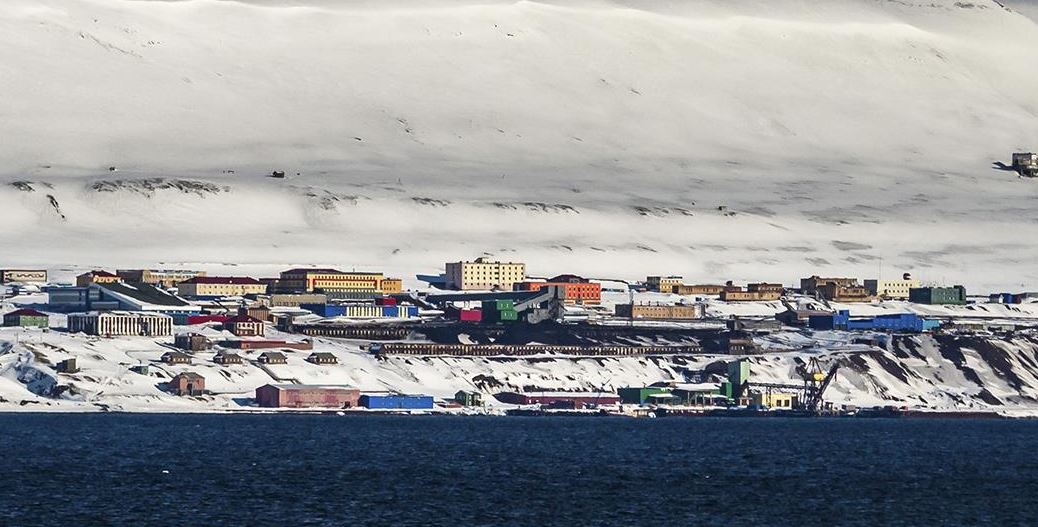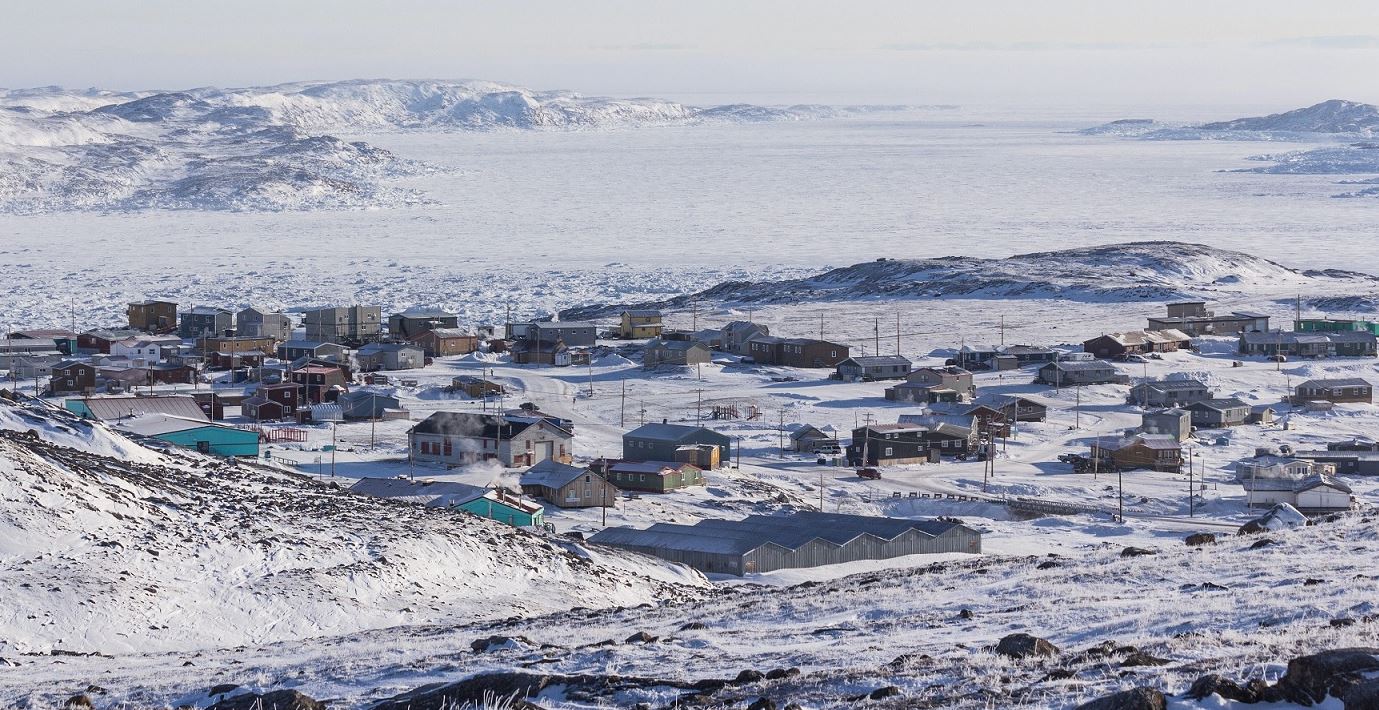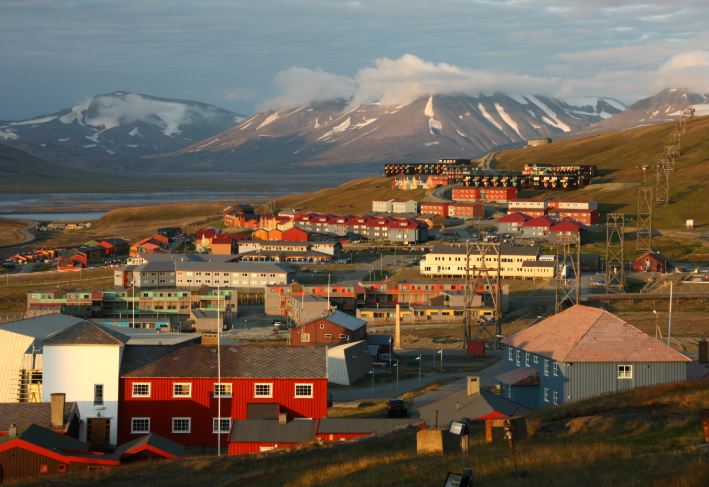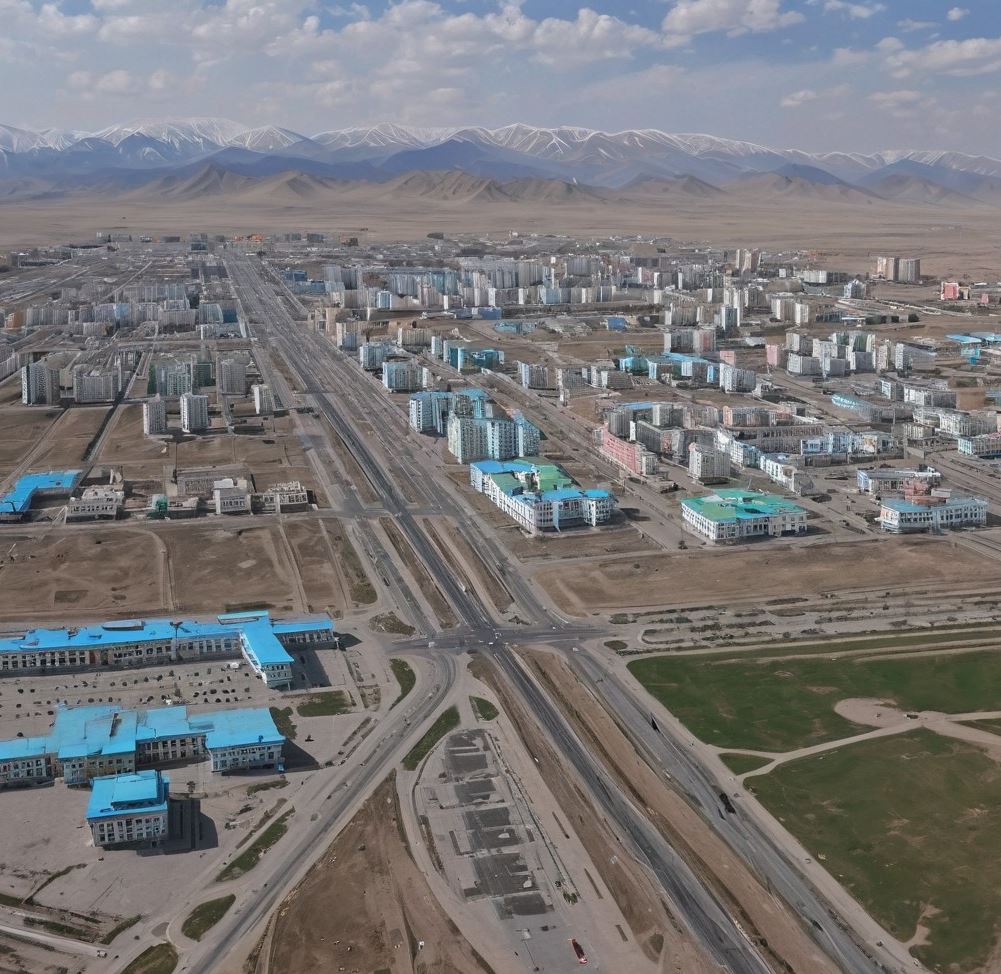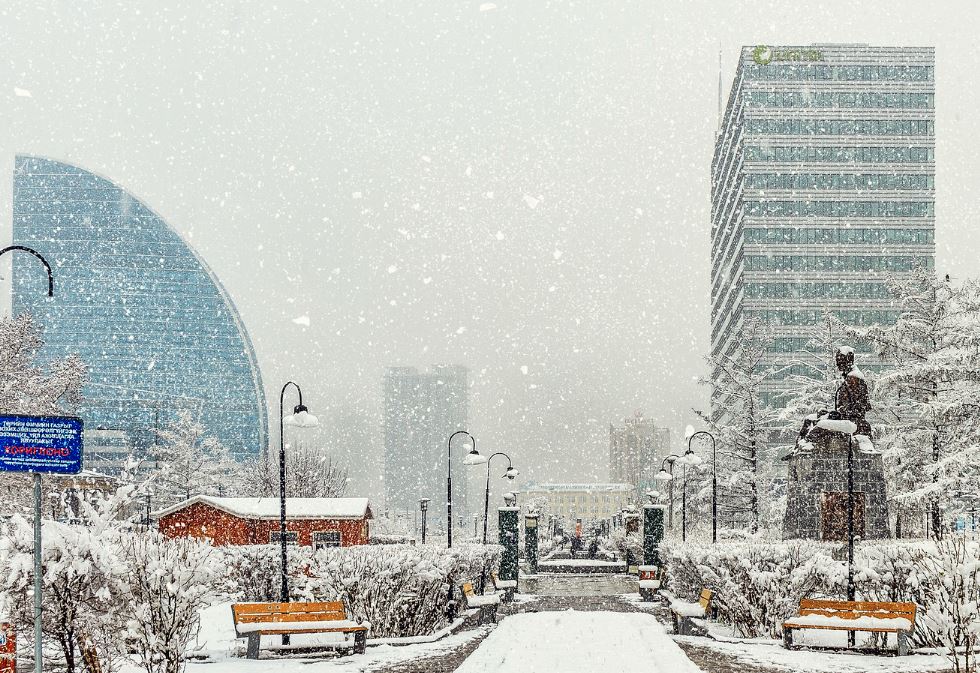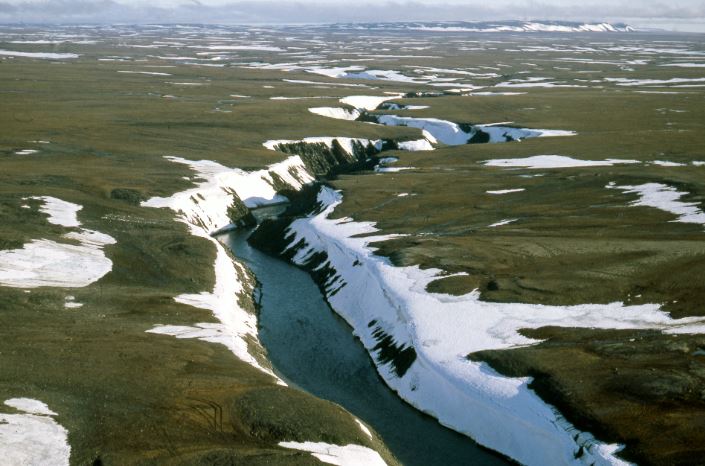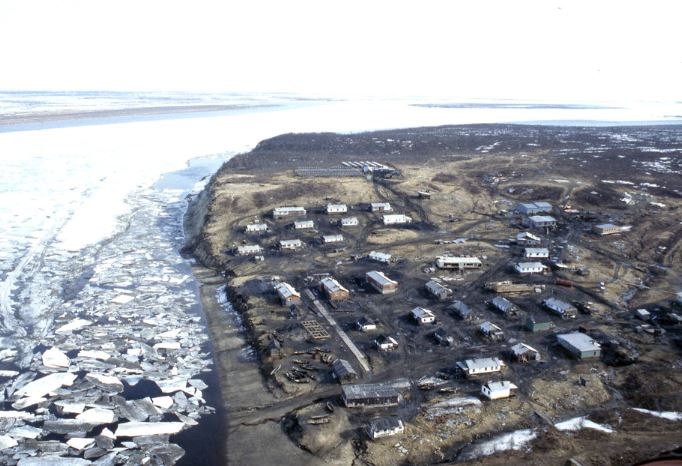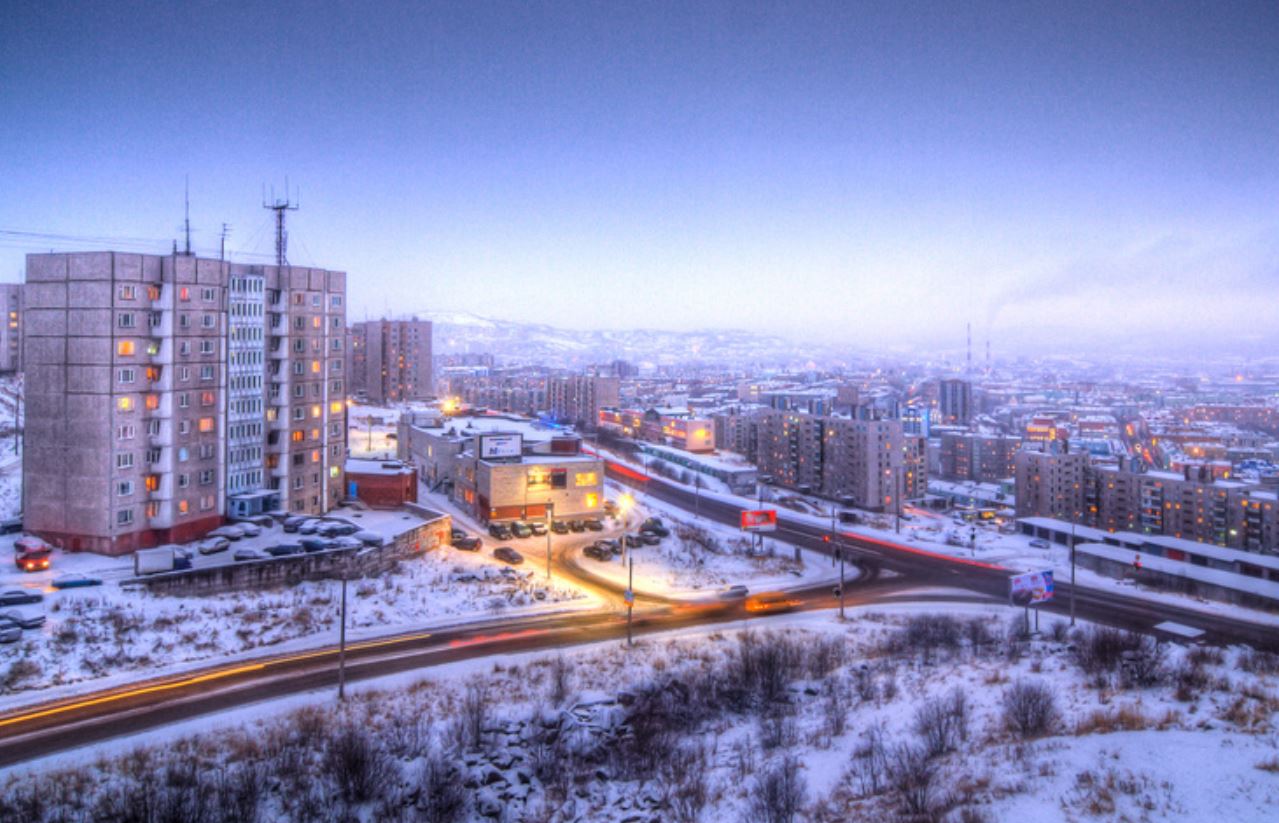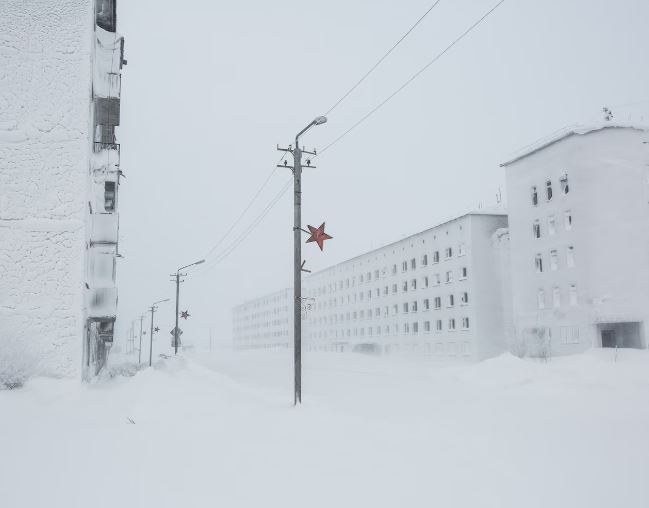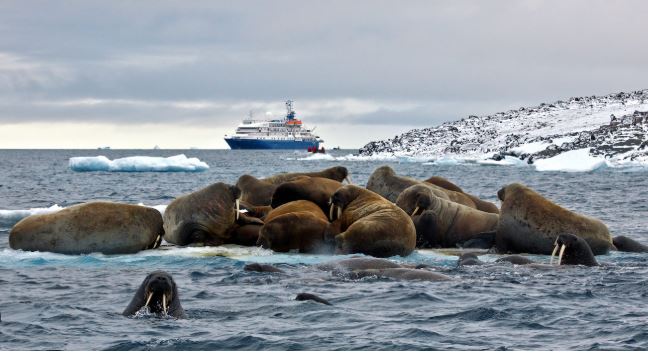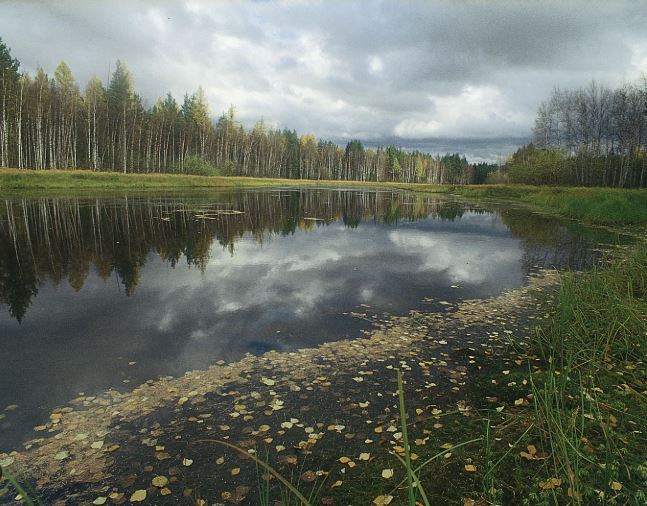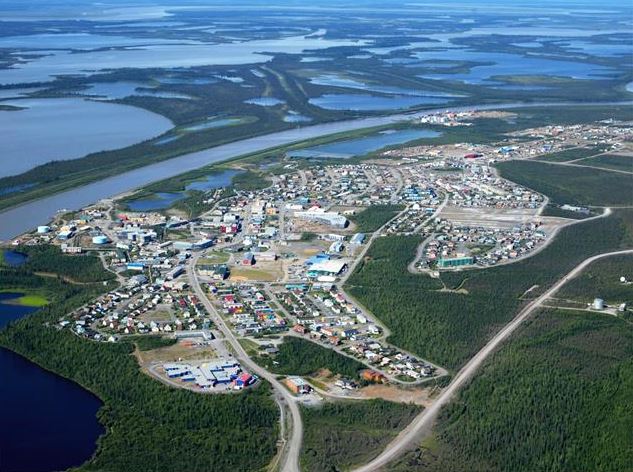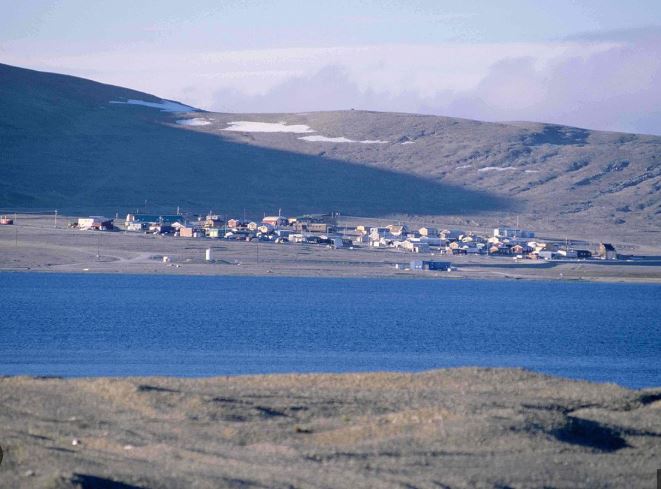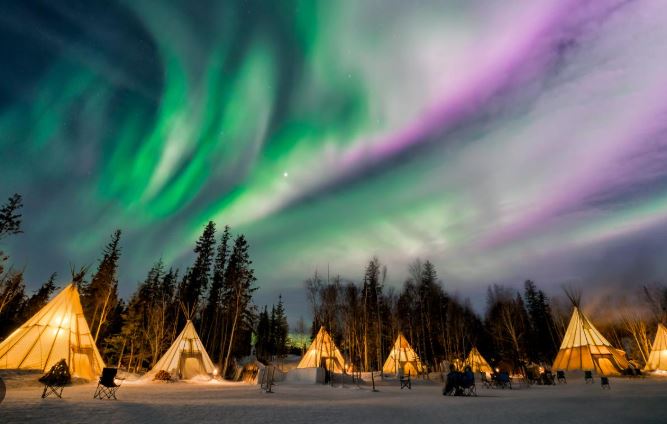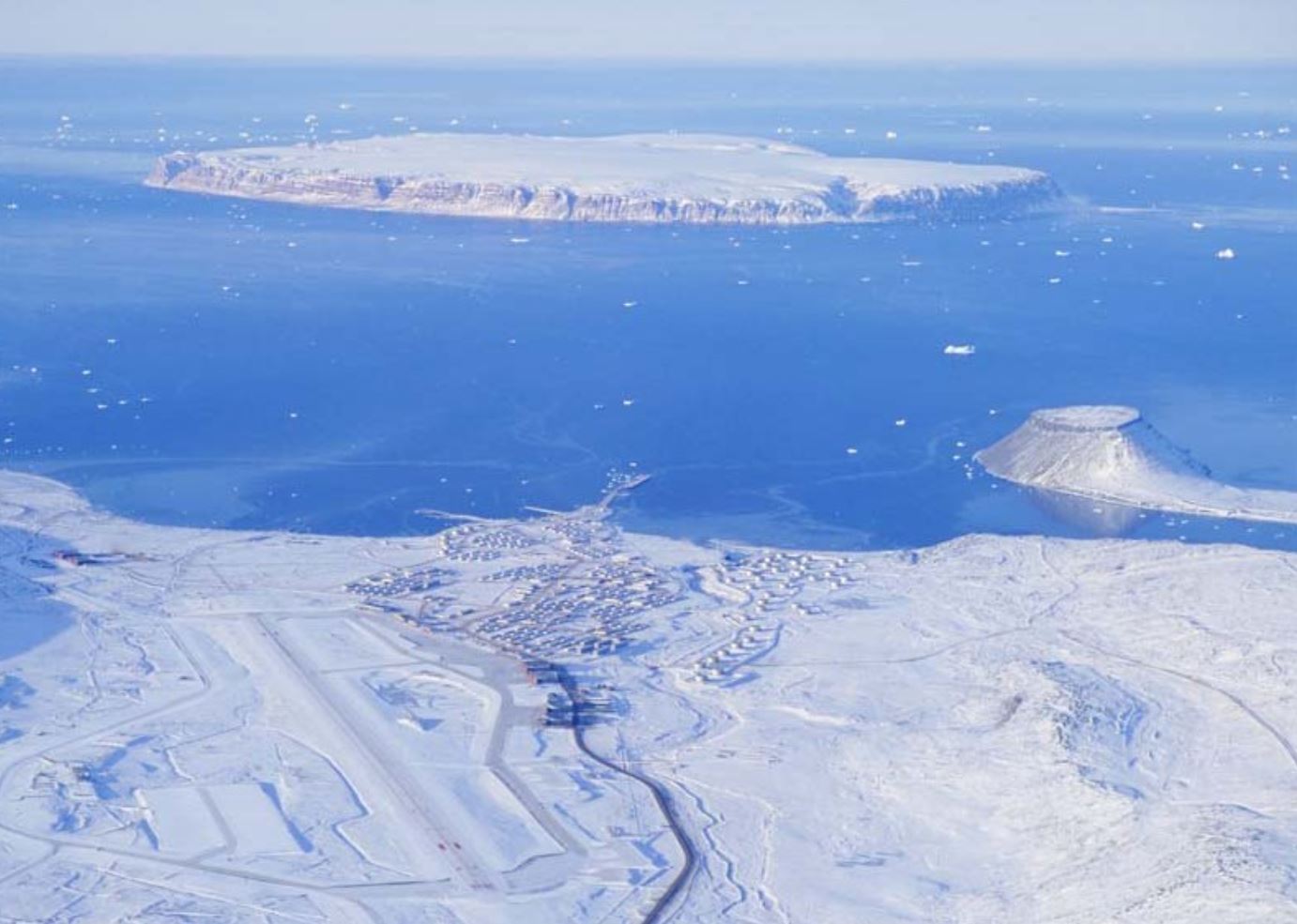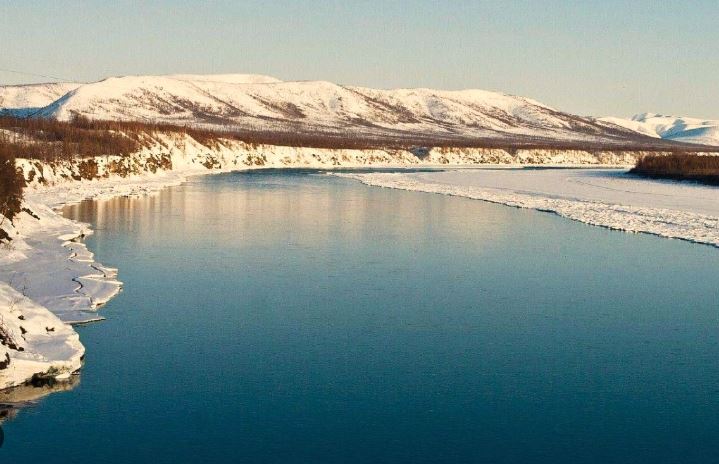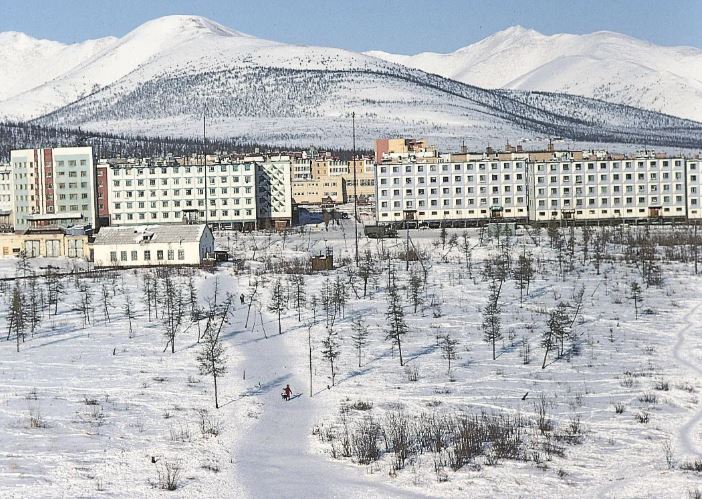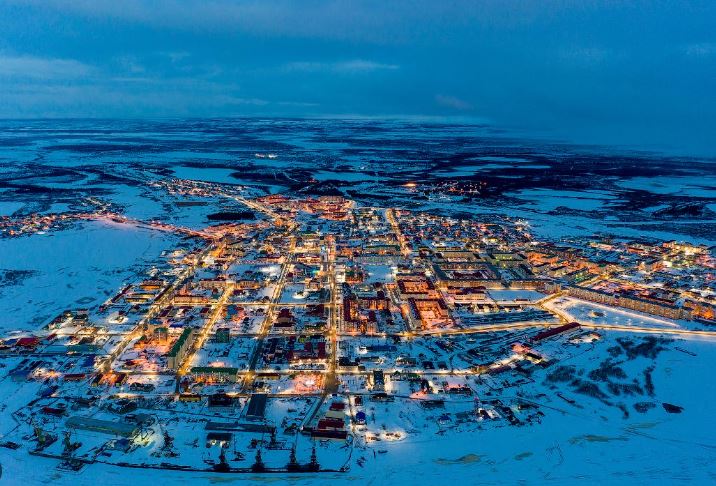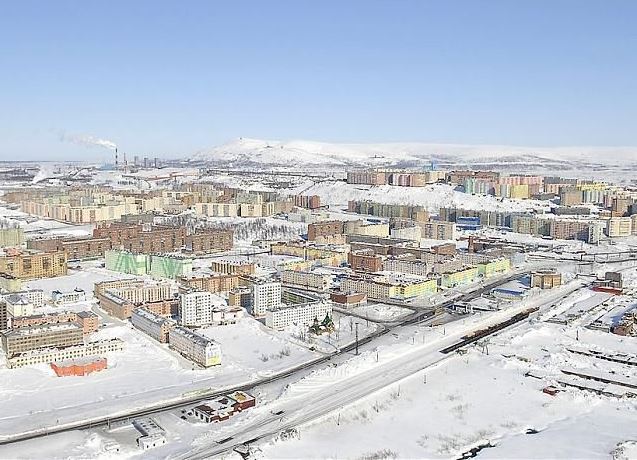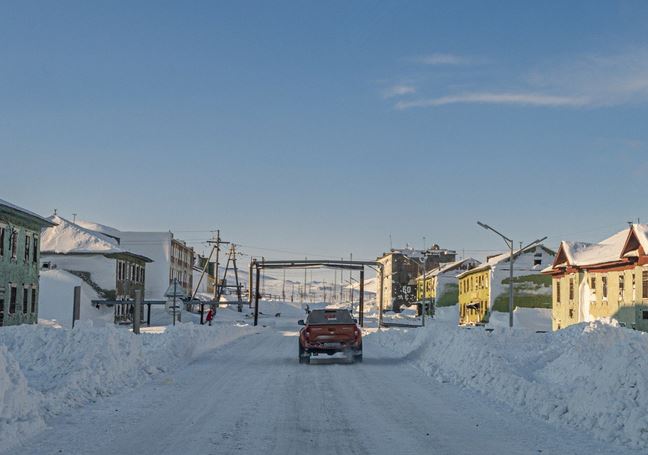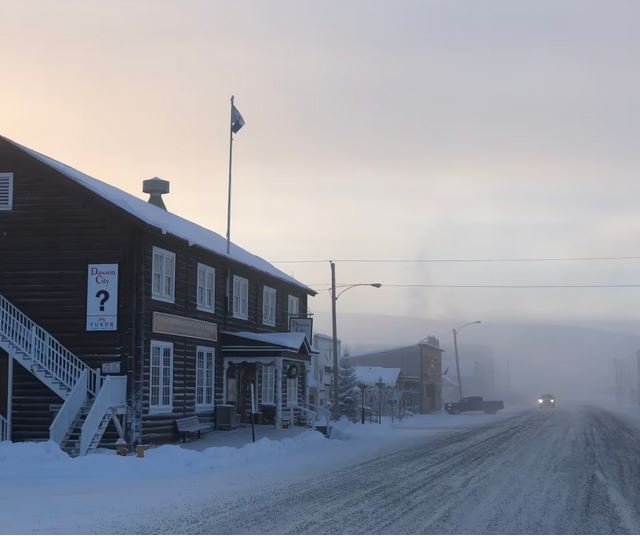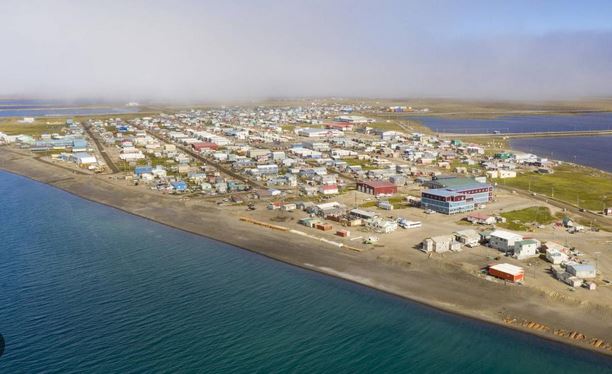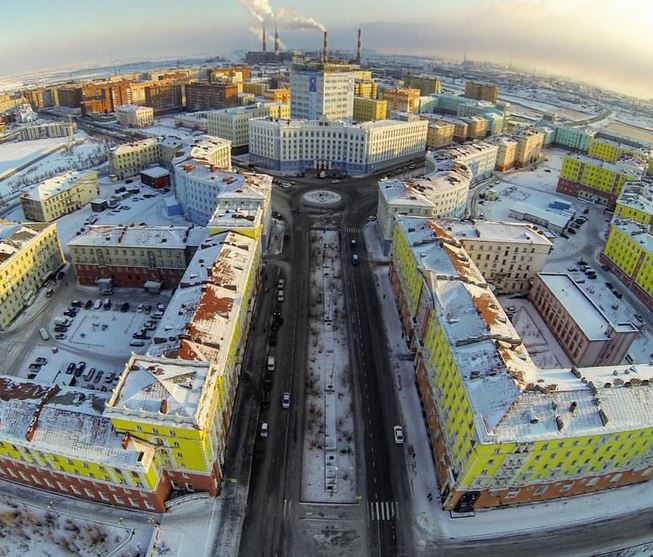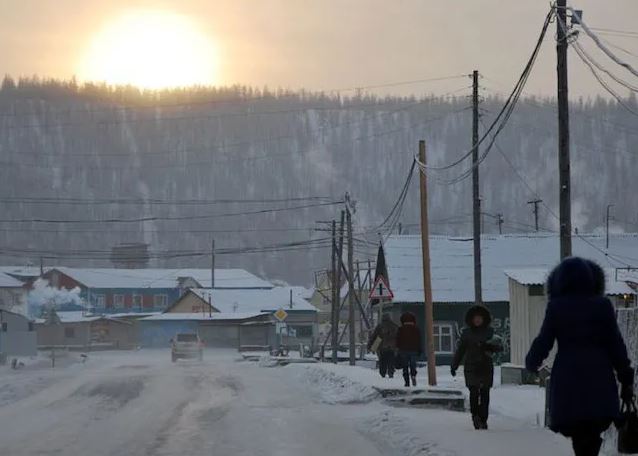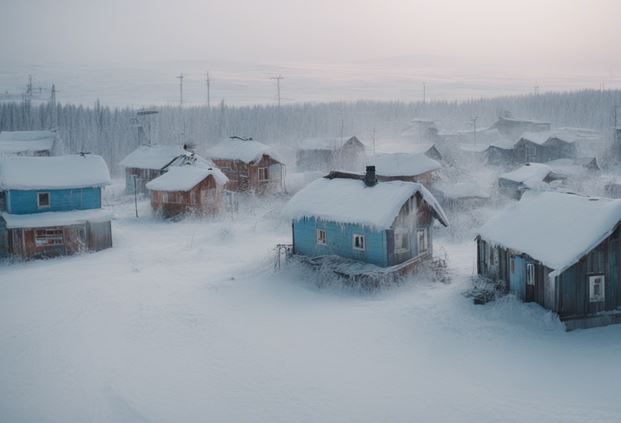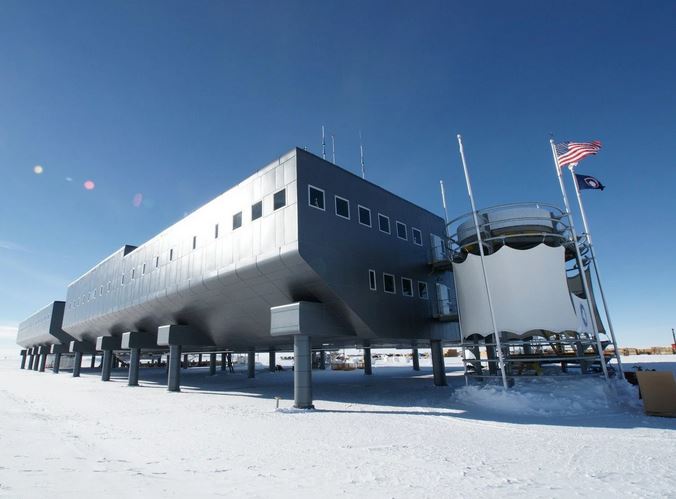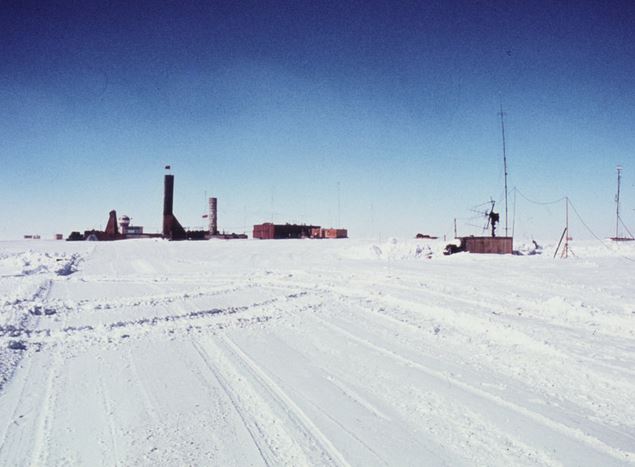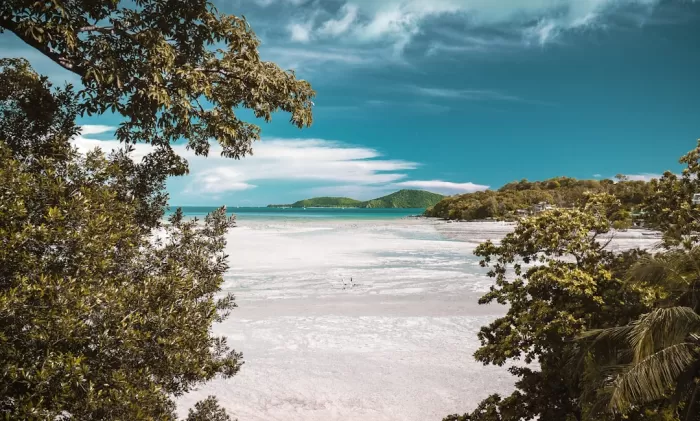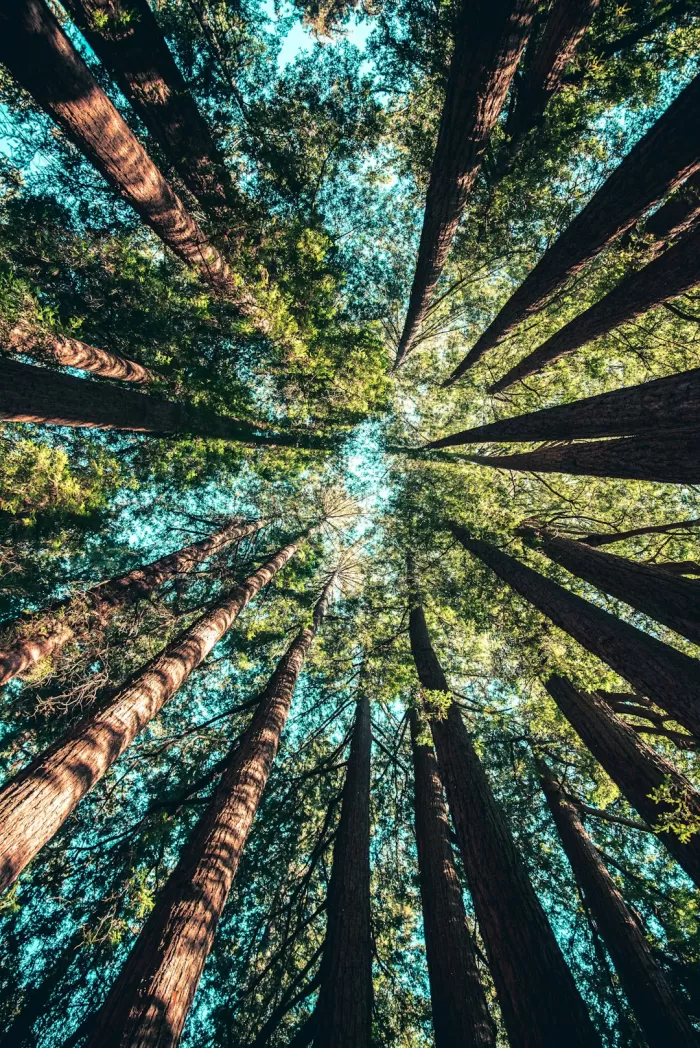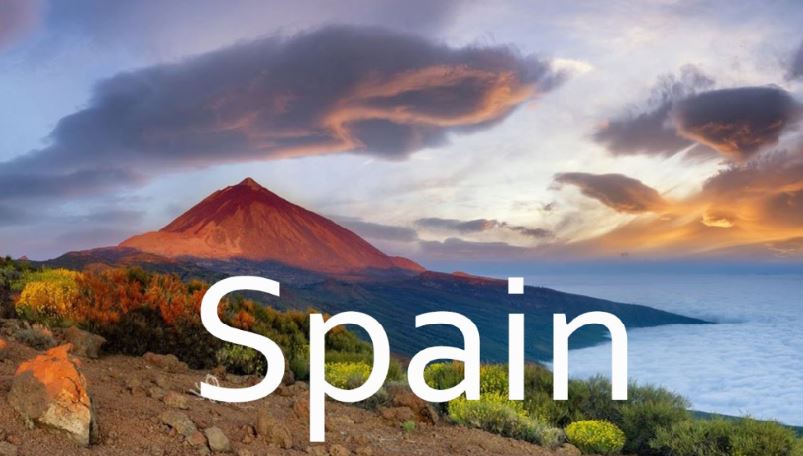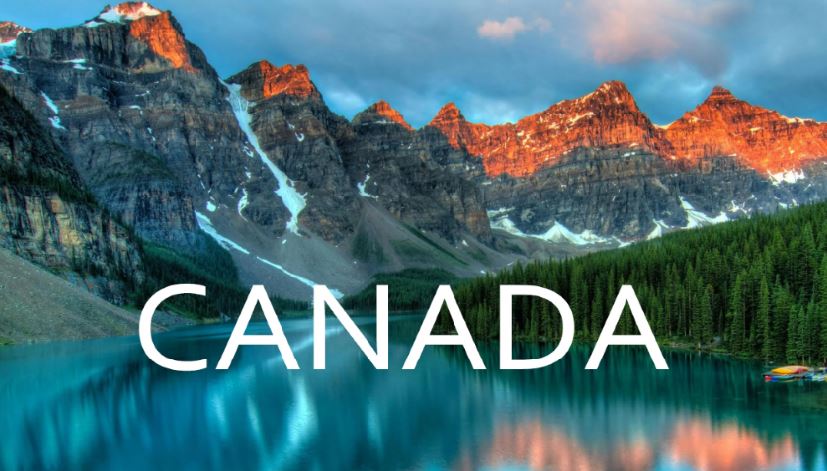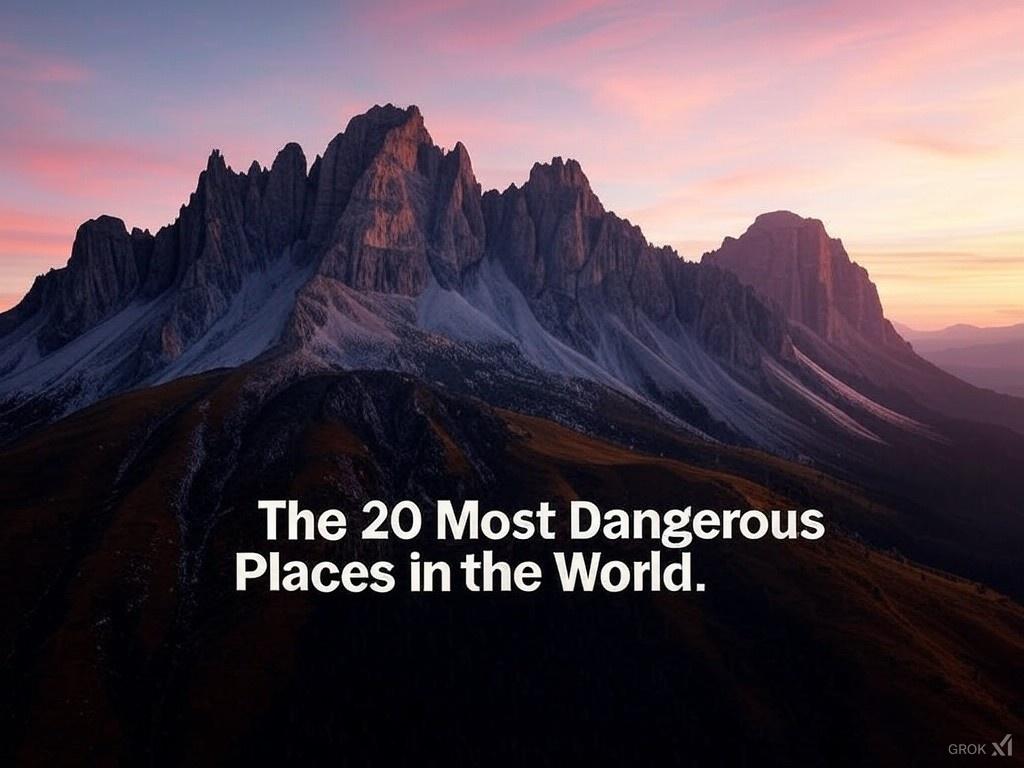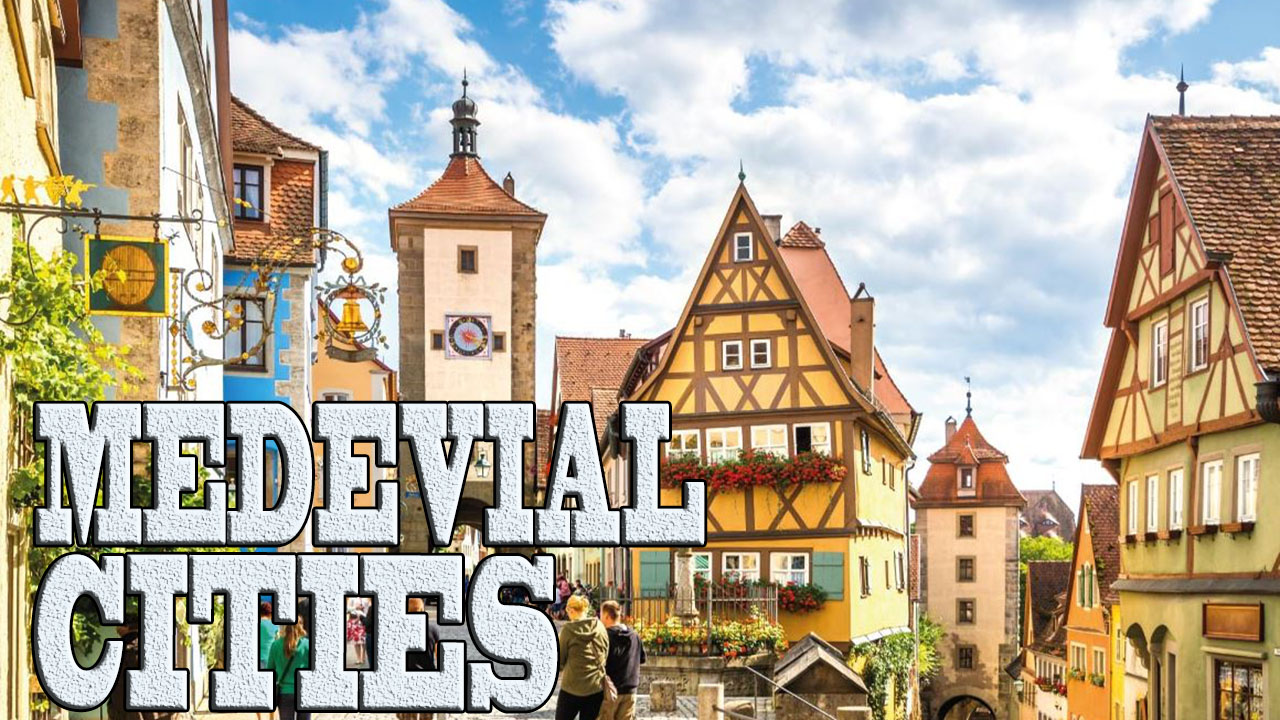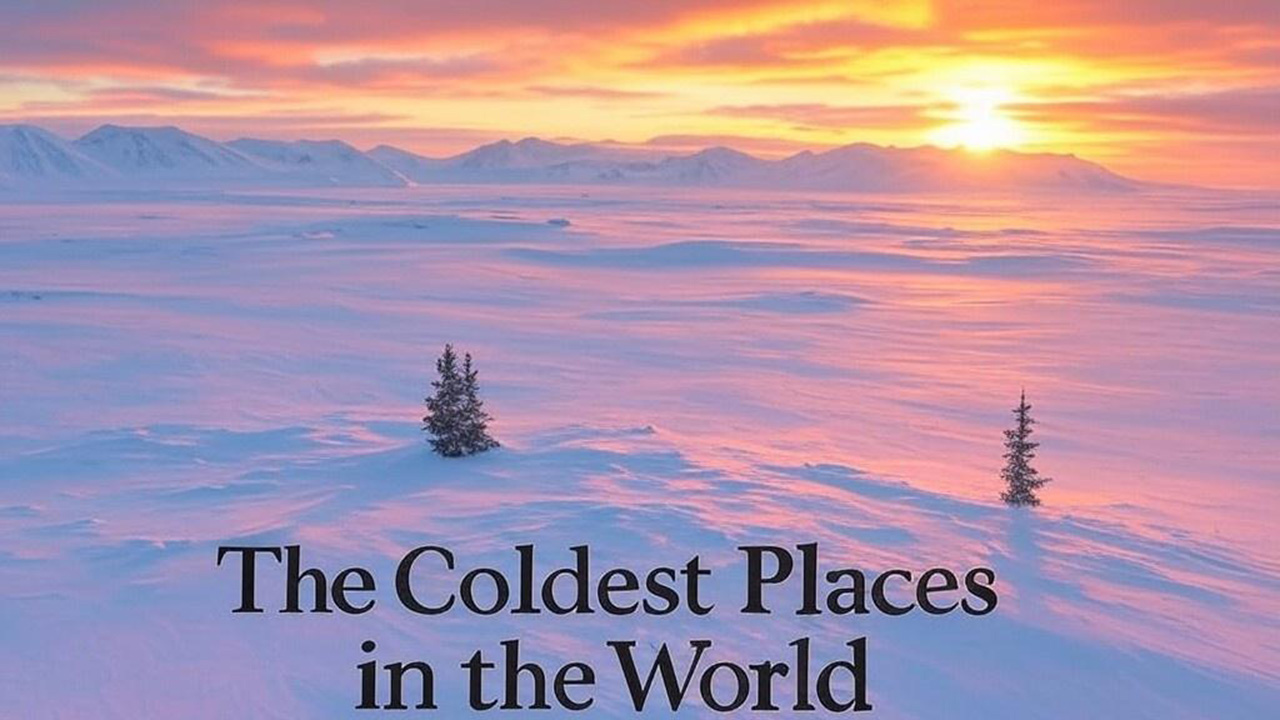
Planet Earth is home to places where the cold becomes an extreme experience, challenging human survival and the limits of habitability.
These 30 places represent the coldest territories in the world, where temperatures can drop to unimaginable limits.
Selection Methodology
Our selection considers:
- Minimum temperature recorded
- Conditions of habitability
- Geographic location
- Climatic impact
- Geological characteristics
Ranking of the Coldest Places
30. Churchill, Canada
Known as the "Polar Bear Capital" of the world.
Winter temperatures can drop to -40°F (-40°C).
Home to a unique ecosystem where polar bears roam freely.
29. Barentsburg, Svalbard (Norway)
A Russian settlement in the Norwegian archipelago.
Temperatures can plunge to -25°F (-31°C).
One of the northernmost inhabited areas on Earth.
28. Iqaluit, Canada
The capital of Nunavut territory.
Winter lows can reach -50°F (-45°C).
A hub for Inuit culture and Arctic research.
27. Svalbard, Norway
An archipelago in the Arctic Ocean.
Temperatures can fall to -40°F (-40°C).
Home to the Global Seed Vault, protecting plant biodiversity.
26. Kyzylorda Region, Kazakhstan
Experiences significant temperature drops in winter.
Lows can reach -40°F (-40°C).
Known for its vast steppes and extreme continental climate.
25. Ulaanbaatar, Mongolia
The coldest capital city in the world.
Winter temperatures can drop to -40°F (-40°C).
A blend of modern urban life and traditional nomadic culture.
24. Taymyr Peninsula, Russia
Located in the Russian Far North.
Temperatures can drop to -60°F (-51°C).
One of the most remote and least explored regions on Earth.
23. Khatanga, Russia
Situated near the Arctic coast.
Winter lows can reach -65°F (-54°C).
An important base for Arctic exploration and research.
22. Murmansk, Russia
The largest city north of the Arctic Circle.
Temperatures can fall to -40°F (-40°C).
A major port city that remains ice-free year-round due to the Gulf Stream.
21. Vorkuta, Russia
A coal mining town in the Komi Republic.
Winter lows can reach -50°F (-45°C).
Once a notorious Gulag labor camp, now a resilient Arctic city.
20. Franz Josef Land, Russia
An archipelago in the Arctic Ocean.
Temperatures can drop to -50°F (-45°C).
A pristine wilderness and important site for polar research.
19. Siberian Taiga, Russia
Vast forest region spanning much of Northern Asia.
Lows can reach -60°F (-51°C).
The world's largest forest, crucial for global climate regulation.
18. Inuvik, Canada
Located in the Northwest Territories.
Winter temperatures can plunge to -50°F (-45°C).
Known for its unique "Igloo Church" and midnight sun phenomenon.
17. Resolute Bay, Canada
One of the northernmost communities in the world.
Lows can reach -60°F (-51°C).
A key location for Arctic sovereignty and scientific research.
16. Yellowknife, Canada
Known for its long and harsh winters.
Temperatures can drop to -50°F (-45°C).
Famous for its spectacular Northern Lights viewing opportunities.
15. Thule Air Base, Greenland
Located in the Arctic region.
Winter lows can reach -60°F (-51°C).
A strategic U.S. military installation in the High Arctic.
14. Kolyma River Basin, Russia
Notorious for extremely low temperatures.
Lows can plummet to -70°F (-57°C).
Historically known for its Gulag labor camps, now a mining region.
13. Chukotka Autonomous Okrug, Russia
Known for its extreme Arctic conditions.
Temperatures can fall to -60°F (-51°C).
Home to indigenous Chukchi people and diverse Arctic wildlife.
12. Naryan-Mar, Russia
Experiences long and frigid winters.
Lows can reach -50°F (-45°C).
An important center for oil and gas production in the Russian Arctic.
11. Dudinka, Russia
A port town with severe cold temperatures.
Winter lows can plummet to -50°F (-45°C).
A crucial transportation hub for the Norilsk mining complex.
10. Tiksi, Russia
Located on the coast of the Laptev Sea.
Known for harsh winters and polar night conditions.
An important scientific research station for Arctic studies.
9. Snag, Yukon, Canada
Recorded a low of -63°F (-52°C).
A small village known for its extreme temperature record.
Holds the record for the lowest temperature in continental North America.
8. Barrow (Utqiaġvik), Alaska, USA
Winter temperatures can drop below -30°F (-34°C).
The northernmost city in the United States.
An important center for climate change research and Iñupiat culture.
7. Yakutsk, Russia
Known for extreme cold, with winter averages around -40°F (-40°C).
The largest city built on continuous permafrost.
A unique urban environment adapted to extreme cold conditions.
6. Norilsk, Russia
One of the largest cities above the Arctic Circle.
Faces severe winters and long periods of polar night.
A major center for nickel and palladium mining.
5. Verkhoyansk, Russia
Recorded temperatures of -67.7°F (-55.4°C).
Known for its extreme temperature range between seasons.
Holds the Guinness World Record for the greatest temperature range on Earth.
4. Oymyakon, Russia
Known as the coldest inhabited place on Earth.
Temperatures can reach -67.8°F (-55.7°C).
A small village where life adapts to extreme cold conditions.
3. Amundsen-Scott South Pole Station, Antarctica
Average winter temperatures around -82.8°F (-62.6°C).
Located at the geographic South Pole.
A crucial site for atmospheric and climate research.
2. Dome Fuji, Antarctica
Average temperature around -58°F (-50°C).
A research station on the Antarctic Plateau.
Site of some of the oldest ice core samples on Earth.
1. Vostok Station, Antarctica
The coldest recorded temperature on Earth at -128.6°F (-89.2°C).
A Russian research station in the heart of Antarctica.
Holds the world record for the lowest naturally occurring temperature ever recorded on Earth's surface.
Watch our Video
Additional Scientific Data
Human Adaptation
Communities in these places have developed:
- Special construction techniques
- Advanced thermal clothing
- High-calorie diets
- Architecture designed against extreme cold
Ecological Impact
These territories:
- Are crucial to global climate balance
- Home to unique ecosystems
- Function as "natural climate archives"
Scientific Research
Importance of these regions:
- Study of climate change
- Atmospheric research
- Preservation of species adapted to the cold
Conclusion: Beyond the Cold
These 30 places represent more than just geographic coordinates. They are testimonies of human resilience, the planet's climatic diversity, and the ability of life to adapt in extreme conditions.
